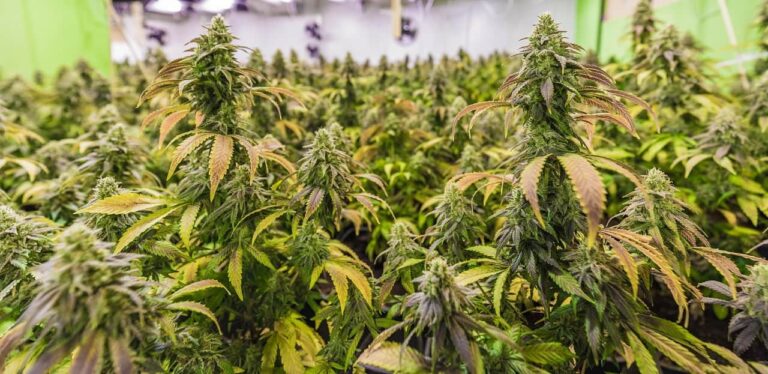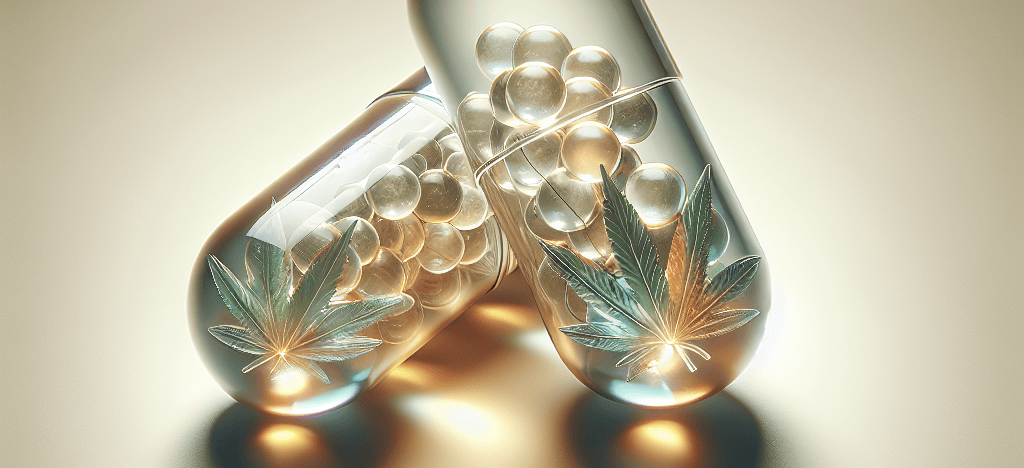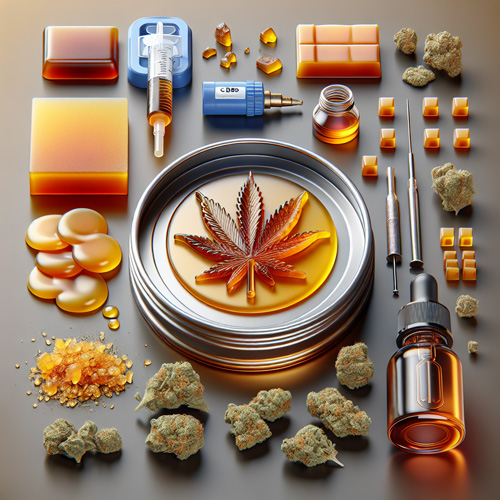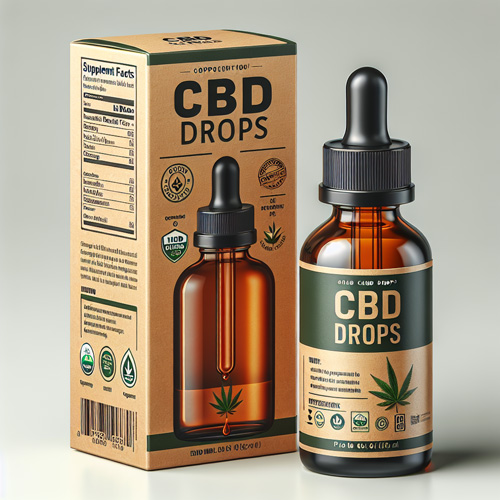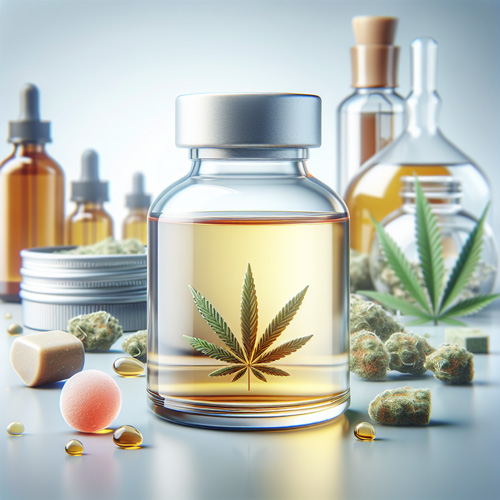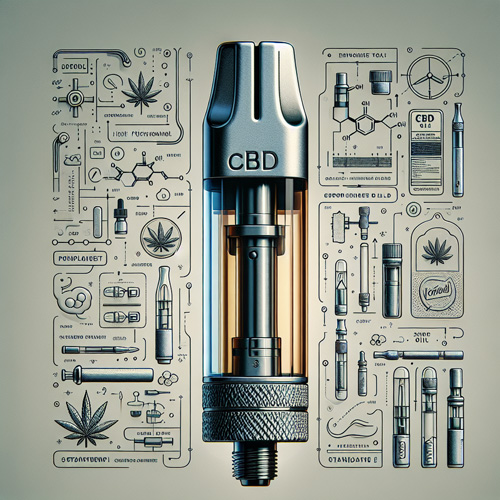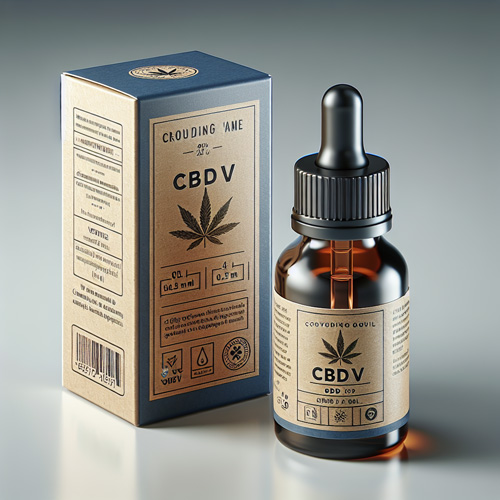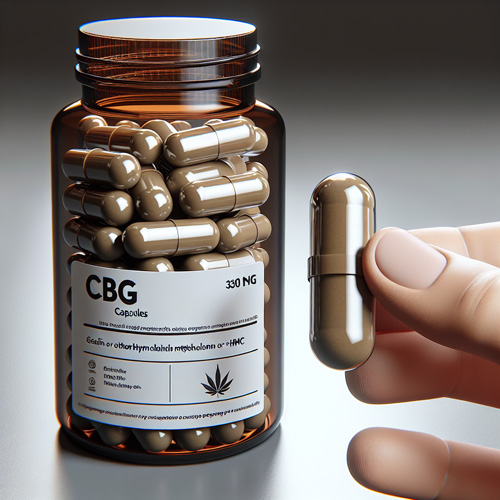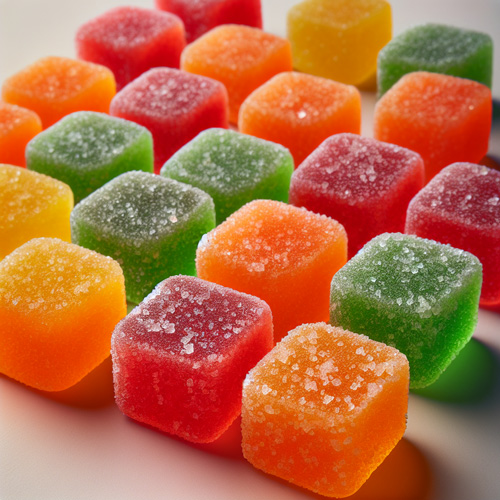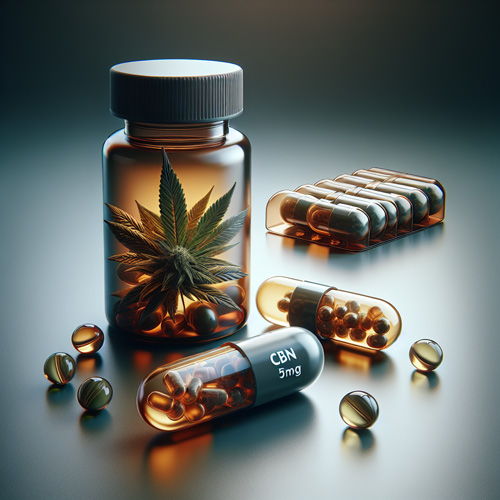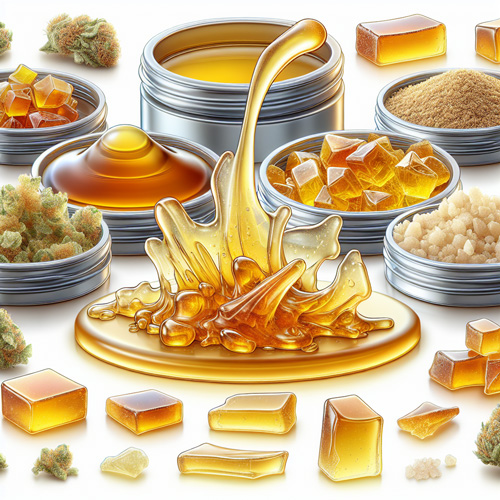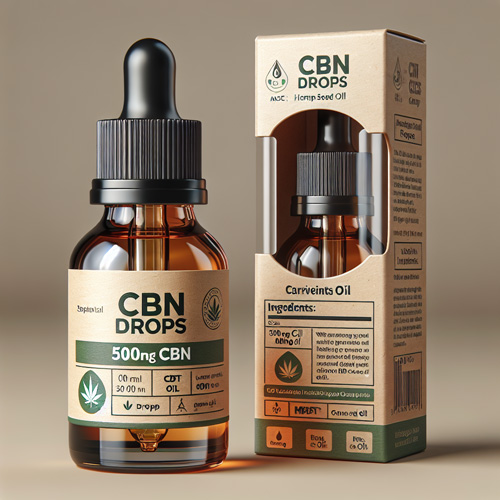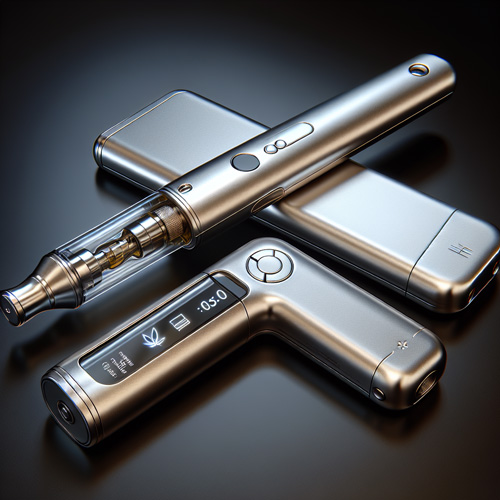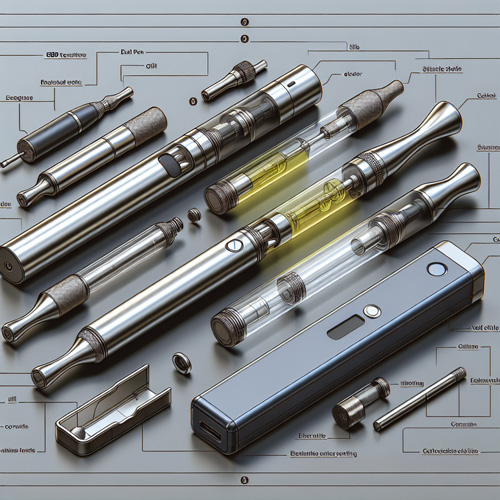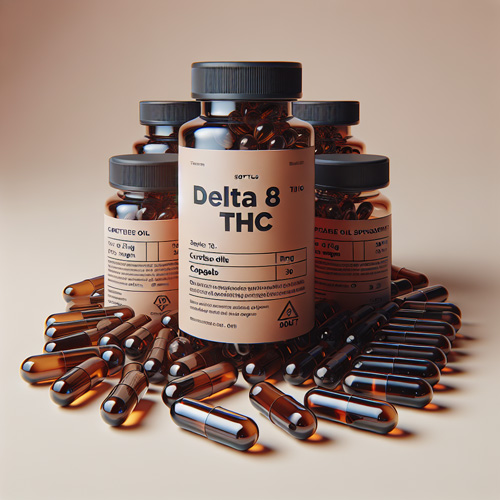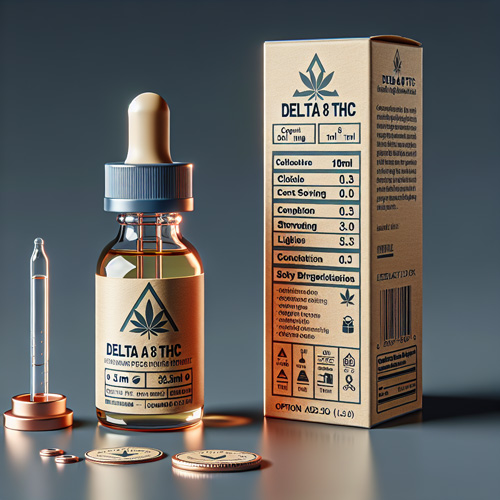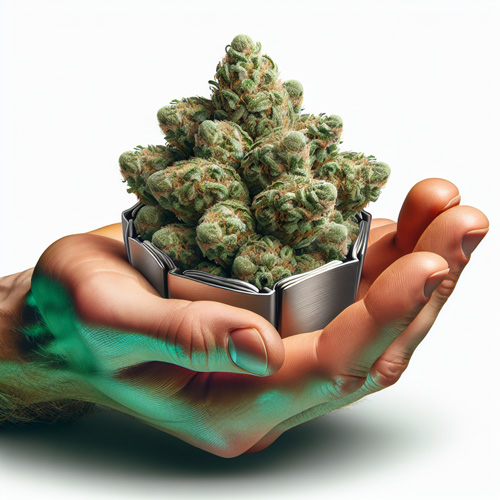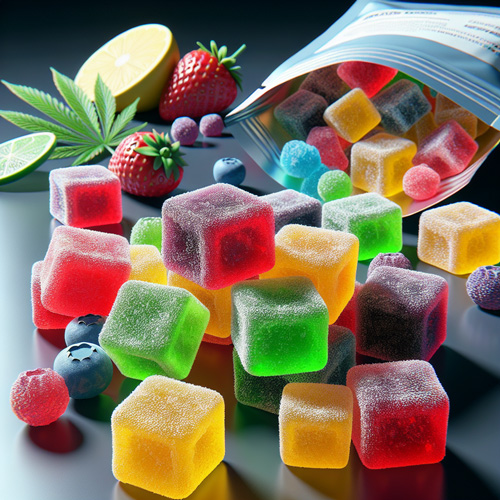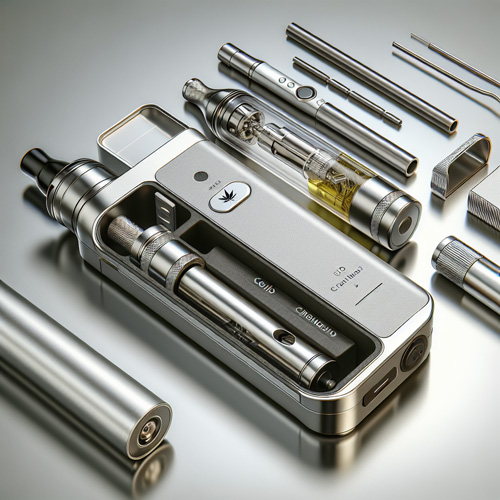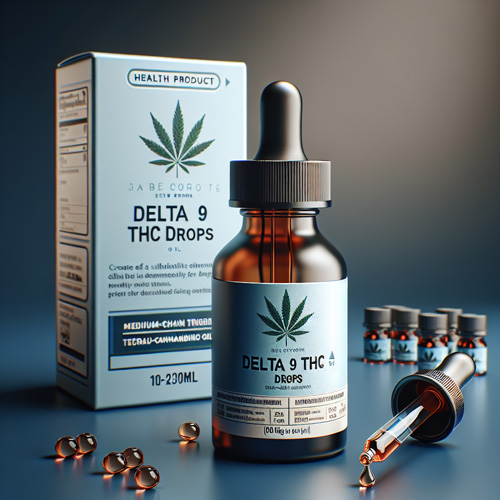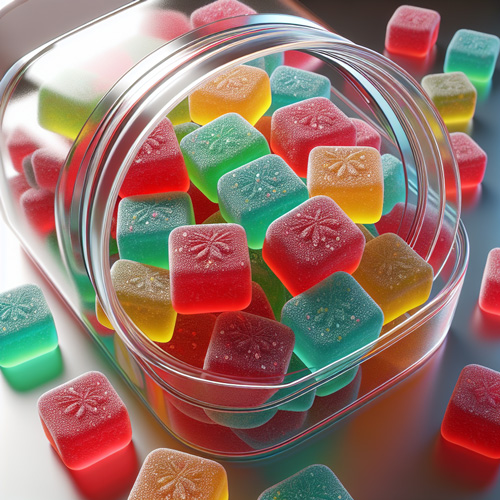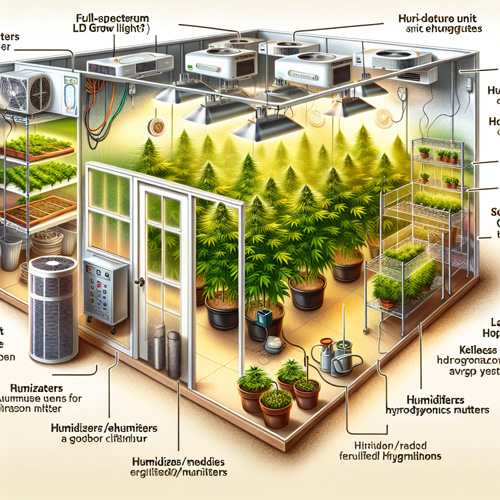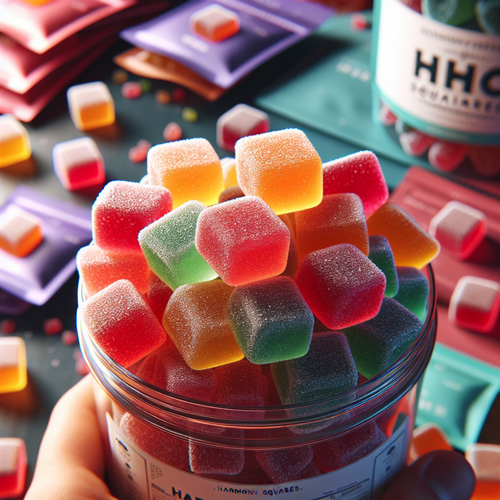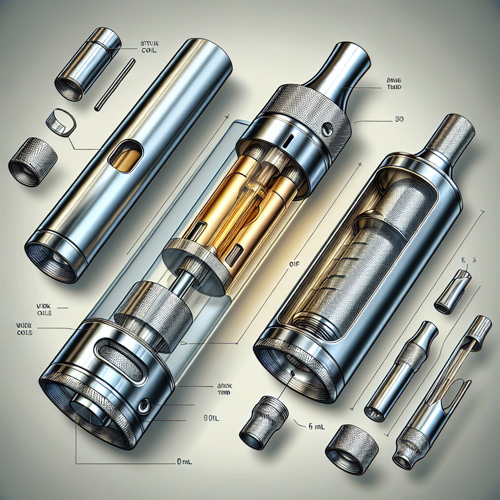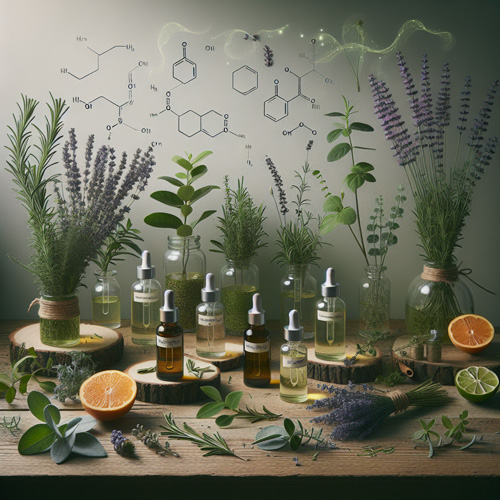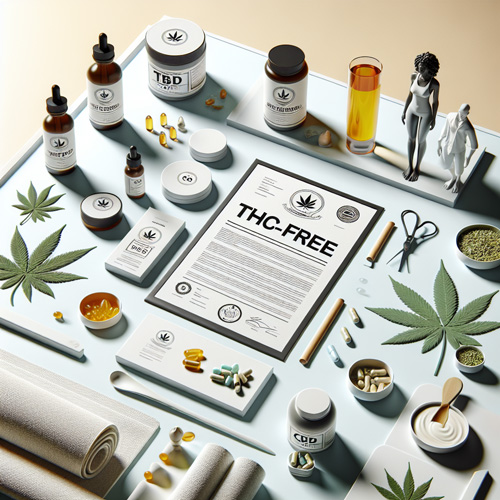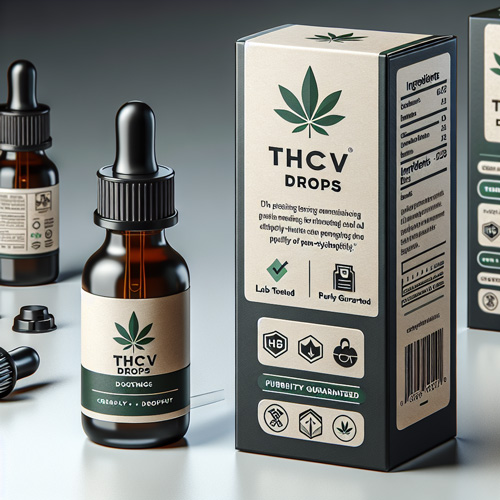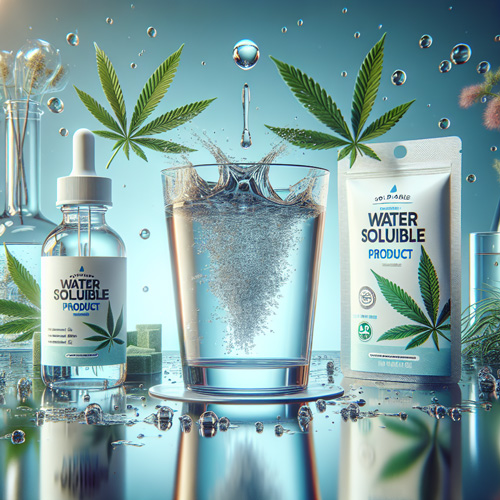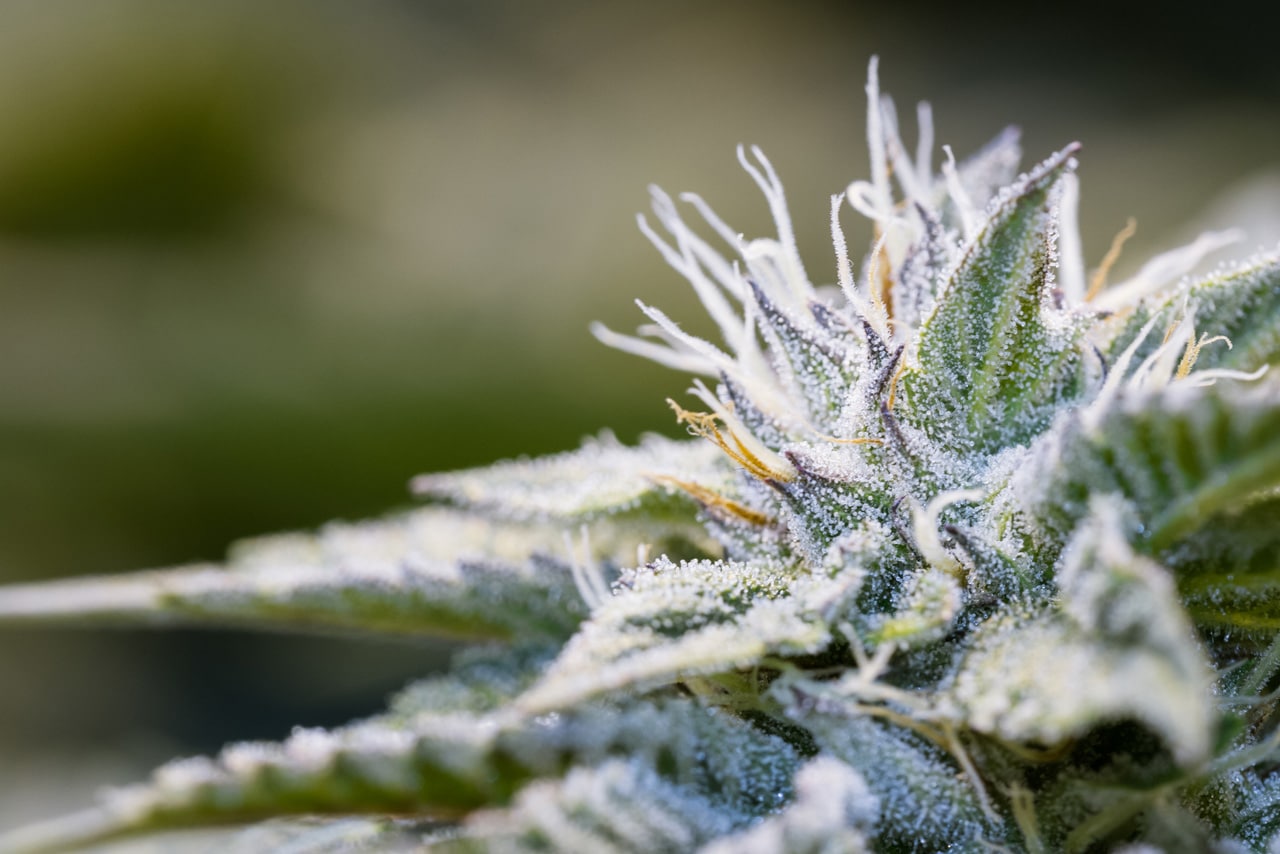
Decarboxylating Cannabis – How To Decarb Weed
Prior to creating infused cannabis products for yourself, knowing how to decarboxylate cannabis is an important yet often overlooked step in the process. Find out how to decarb weed properly here.
If you are one of the few folks out there who have tried to eat dried cannabis flowers when they were younger, how did that work out for you? Sure, you may have had a slight change in perception, but for the most part it was inadequate compared to what you were looking for. Why is that? Learning why and how to decarb your cannabis holds the answer!
At the molecular level, there is a group of atoms called a carboxyl group. It is made up of a carbon, two oxygens, and a hydrogen atom, and is normally written as -COOH. Some popular products that are based upon a carboxy group being present are vinegar, butter, and coconut oil.
What Is Decarboxylation?
Many people have asked this question, and it is a slightly popular search on the top search engines. A lot of information out there regards the decarb process as an ‘activation’. While this may help some people deal with the information more easily, this is a misnomer. CBDa has it’s own set of health benefits, just as CBD does. Both molecules are active within the body, and we will use the term decarbed moving forward.
In short, decarboxylation is the process that results in the breakdown of the carboxyl group of atoms from the rest of a molecule, and are released as carbon dioxide and water.
The process of decarbing cannabis has been practiced for hundreds, if not thousands, of years, even though you probably never thought of the process while performing this act…
Smoking cannabis has been enjoyed for generations. What this entails is the packing of a bowl or rolling of a joint, setting it on fire enough to create an ember, and inhaling. That is the point, isn’t it?! But what happens, really?
This process is the application of high levels of localized heat, decarboxylating the cannabinoids instantaneously. They are contained within the smoke, and carried deep into your lungs for the alveoli to absorb these precious molecules and send them through your blood into the rest of the body. This is also why smoking and vaping cannabis works so quickly.
The component delta-9 tetrahydrocannabinol, or THC, actually requires heat to transform from it’s raw, acidic form, THCa. The same goes for CBD, where it is in it’s raw form in the flower as CBDa. They are also known as precursors. The little ‘a’ stands for acid.In addition to heat, Cannabidiolic Acid Synthase also aids in breaking the molecular bonds to release what is called a carboxyl group.
When Do I Need To Decarb?
When you are looking for the health benefits of CBD over CBDa, or if you are going to use your flower or extract as an ingredient in a recipe, you will want to decarb your product prior to use.
Decarbing is helpful when you are looking to infuse:
- Tinctures or concoctions
- Condiments like salad dressings
- Beverages like Tea or Milk.
- Desserts like brownies and hard candies
- Meals like pasta or a chicken dish
Do You Decarboxylate CBD?
When hemp flower is harvested, cannabinoids like CBD are largely found in their raw, acidic forms. This means that if you are looking to reap the benefits of CBD, decarbing your flower or extract will give you the results you were looking for.
How To Decarb Weed
As we touched upon earlier, for those who vape or smoke their cannabis, decarboxylation occurs as the product is heated with a heating element, be that an ember in a joint, or a heating element of a vape pen. If you are looking to decarb without smoking, doing so is super easy in the comfort of your own kitchen.
A word of caution: if you are in a location that is not friendly towards cannabis, the process may be odorous. Use air filtration and/or open your windows to control the smells of your product.
Perhaps the easiest way to decarb your cannabis product is with a hot water bath. Another super simple method is using a low temperature to slow cook it in your oven.
| Temperature | Heating Mode | Plant Material | Kief / Hash | Cannabis Oil/Extract |
|---|---|---|---|---|
| 310F | Oven | 10 – 18 minutes | 5 – 10 minutes | 5 – 10 minutes |
| 240F | Oven | 50 – 60 minutes | 30 – 40 minutes | 25-35 minutes |
| 212F | Boiling water bath | 90 minutes | 90 minutes | 90 minutes |
Above is a table that has a list of the ideal temperatures to use, along with the type of heating method, and the last 3 columns are the times needed to decarb the different types of material: cannabis plant material (flower), kief and hash, and extracts.
It is important to maintain the appropriate temperature for the preferred method. Lower temperatures will take longer to complete its process. Higher temperatures will result in faster results. When you find yourself trying to figure out how to decarb weed, here are our virtually fail proof methods to making that happen.
Boiling Water Bath Method
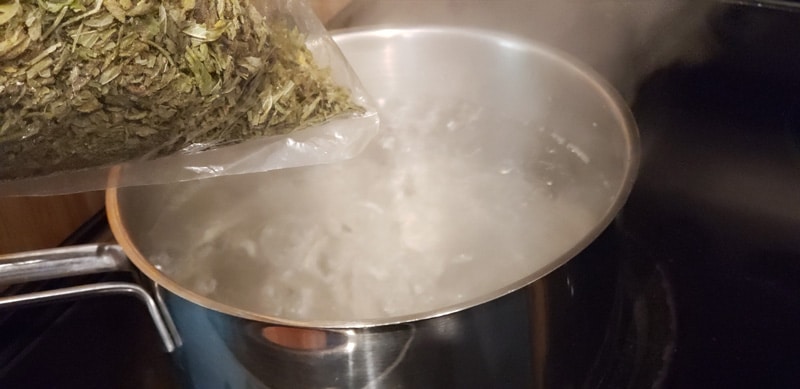
Looking for a super simple way to decarb your flower? Learning how to decarb weed doesn’t get easier than this! All you need is a pot, water, a boilable cooking bag, and your cannabis material. Here is how you use the boiling water bath method to decarb cannabis:
- Place your cannabis material into the boiling water safe bag. Try to remove as much air as possible, and then seal the bag.
- Begin boiling water to a steady boil.
- When boiling begins, place the bag and put it into the water, boiling for 90 minutes.
- IMPORTANT: Do Not let the water boil off completely. You will have a very nasty mess if you do, so please keep an eye on the water level, and add water as needed.
- After 90 minutes, remove bag from water, set aside and let cool before opening.
Oven Baking Method
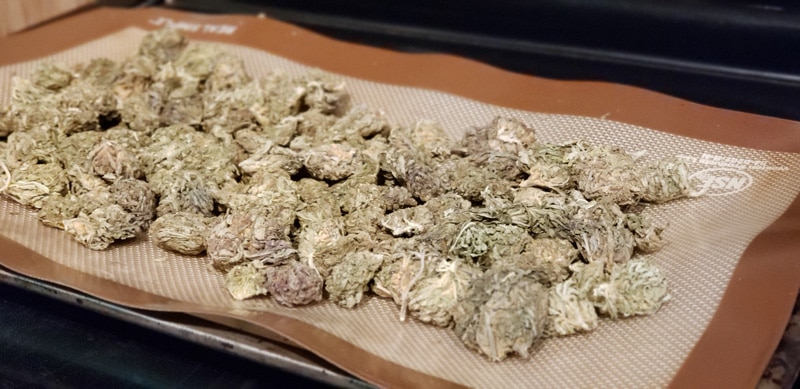
Using an oven is also a handy way to decarb your CBD flower. They are quite efficient, and are able to maintain a constant temperature. For this method, there are a couple of options when it comes to the level of heat and duration is used.
A few words of caution while using this method. For a more precise measurement of temperature, use an additional oven thermometer to validate the temperature setting on your oven. Ovens tend to vary in their accuracy. This will help safeguard against burning your cannabis.
Also, be sure to stay nearby your oven so that you may check in on the progress fairly often. The reason for this is to ensure that the process is moving along smoothly, and to also act as a defense against over cooking your cannabis.
Here is how you can decarb with your oven:
- Preheat oven to 240°F/115°C. Confirm temperature with an oven thermometer.
- Line a baking sheet with a silicon cooking sheet or bleach free parchment paper.
- Evenly spread your coarsely ground cannabis. Some space is ideal between pieces to ensure a more even distribution of heat.
- Place baking sheet into oven for 50-60 minutes. Remove from oven and let cool before storing in an air-tight glass container.
If you are to choose to decarb at 310°F/154°C, bake for only 14-18 minutes.
During the process, you will find the color of the flower will change to a dark green or brown. This is perfectly fine. We prefer the slow and low method, as this will also preserve more of the terpene content.
For CBD to decarboxylate, it has been studied that a duration of roughly 40-60 minutes at 230°F/110°C is ideal to achieve a full and even decarb of CBDa.
What Are The Boiling Points Of Cannabis Compounds?
It takes a lot of heat to boil off cannabinoids. This means that if you follow the processes above, you will not lose any of the precious cannabinoids you are looking to decarb. You will notice that the boiling point temperatures are quite different from those of the decarboxylation temperatures.
Cannabinoids
- CBD: 333° Fahrenheit/167° Celsius
- THC: 314.6° Fahrenheit/157° Celsius
- CBN: 365° Fahrenheit/185° Celsius
- THCV: 428° Fahrenheit/220° Celsius
Terpenes
- Myrcene: 330 – 334° Fahrenheit/165 – 168° Celsius
- Limonene: 350.6° Fahrenheit/177° Celsius
- Linalool: 388.4° Fahrenheit/198°s Celsius
- a-pinene: 312.8° Fahrenheit/156° Celsius
Flavonoids and Phytosterols
- Beta-Sitosterol: 273.2° Fahrenheit/134° Celsius
- Cannflavin A: 359.6° Fahrenheit/182° Celsius
- Apigenin: 352.4° Fahrenheit/178° Celsius
- Quercetin: 482° Fahrenheit/250° Celsius
Round Up On Decarboxylation
Decarboxylation of cannabis is a very important part of being able to properly utilize this amazing plant. There is also a lot of research that needs to be done regarding the decarb process on cannabis. There are some very easy ways to perform that, and there are even smart machines that can do that process for you. More on those in another post.
What Do You Do With Decarbed Cannabis?
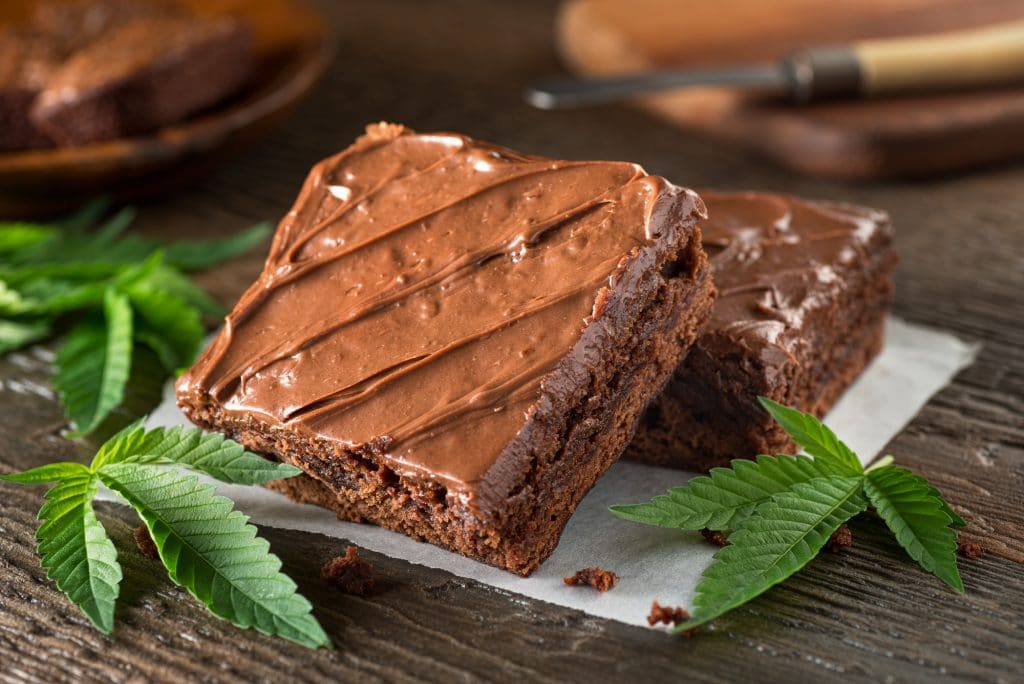
You can do just about anything with decarbed cannabis! If you used a dry flower for the process, you can grind it and mix it into your recipes, like salads and baked goods, for not only added cannabinoids, but also added fiber and other great plant nutrition.
You can also extract that flower material into a tincture, an edible, or just about anything else you can think of!
If you used an extract or kief/hash, you can do the same infusions, and will have a more clean, less ‘natural’ taste than using whole plant material.
For a great and growing selection of recipes, check out our Hemp CBD Recipes Blogs.

